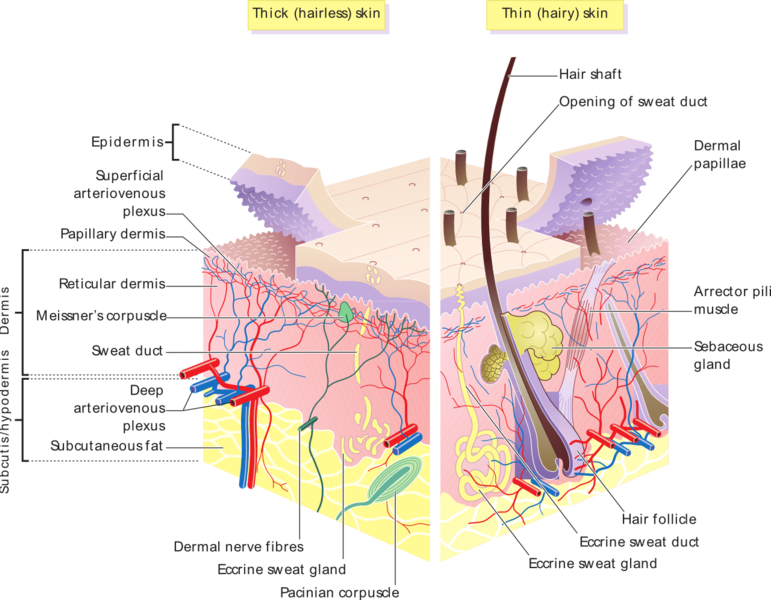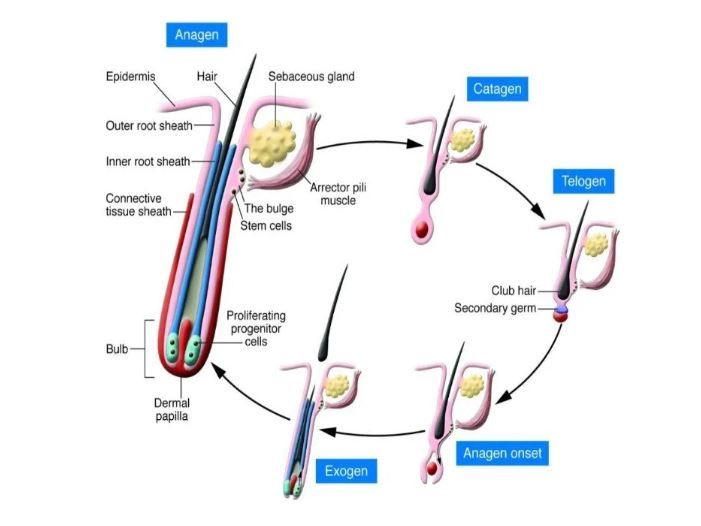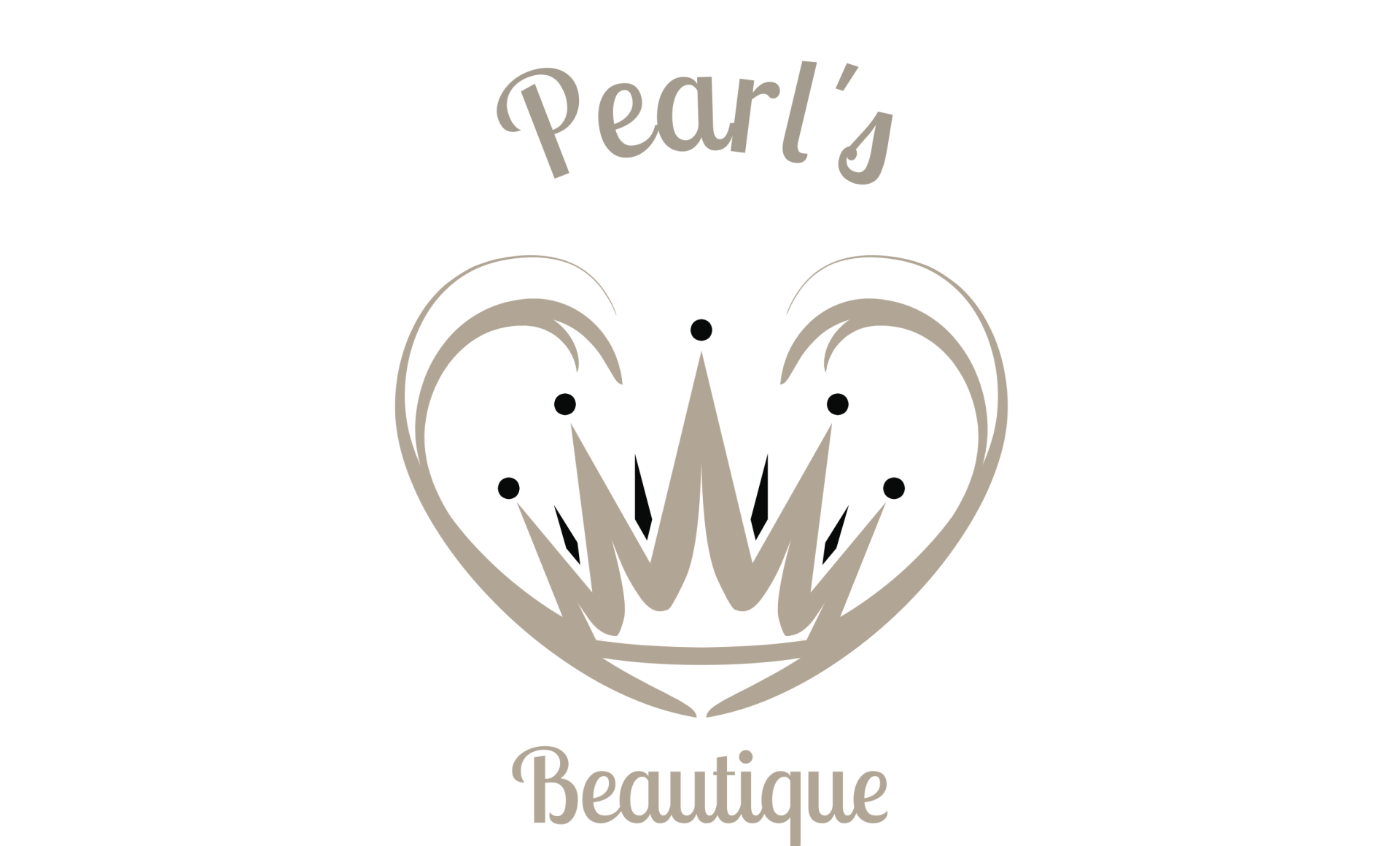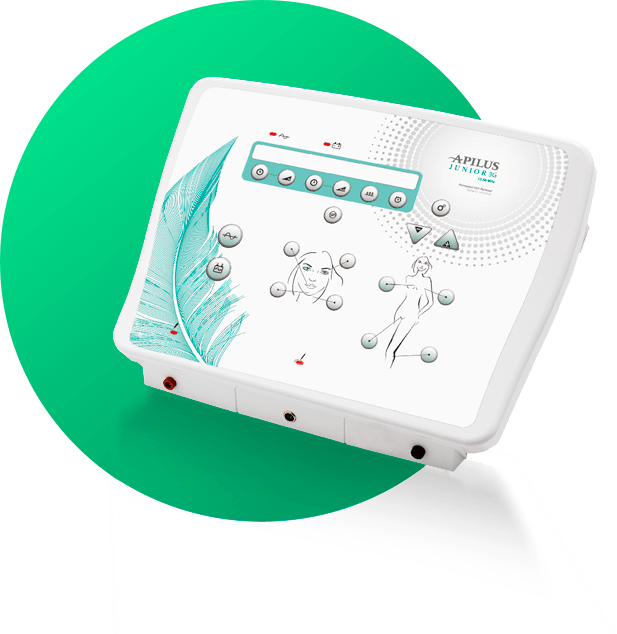WHAT IS ELECTROLYSIS?
Electrolysis is practiced around the world and has been doing so since 1875. It is a time honoured method first used by Dr. Charles E. Michel (1833 - 1913), a St. Louis, Missouri ophthalmologist who permanently removed an ingrown eyelash. Unlike laser hair removal, Electrolysis is beneficial for all types of hair colour and skin types. It is also the only form of permanent hair removal, where-as laser is only a permanent hair reduction.
Electrolysis procedure uses an electrode that gently slides a fine disposable and sterilised probe (needle) into the natural opening of the hair follicle alongside the unwanted hair. Current is then applied which destroys the blood supply feeding the hair and the cells that germinate the hair. Once the hair is destroyed, it slides out with the use of tweezers. Wherever possible, it is best to treat the hair in the early Anagen phase, as moisture (which assists in conductivity and in the production of Lye) will be present and there will be minimal distortion of the hair follicle. This requires the client's cooperation in the scheduling of appointments, so the treatment may be efficient and optimised in relation to the hair growth cycle.
Electrolysis Modalities...
Galvanic:
The Galvanic technique was the first technique discovered in 1875. This technique uses a direct current. The electrical current causes the salt and the water in our tissue, to break into their individual elements, which quickly rearrange themselves to form entirely new substances. (eg H2O and NACL separate to H, HO, Na, and Cl. They then reform into NAHO, Hydrogen gas and Chlorine gas. This process is called electrolysis. The new substances that are formed are sodium hydroxide (lye), hydrogen gas and chlorine gas. The lye, being caustic, is an effective instrument of destruction when introduced in the tiny hair follicle. Galvanic treatment is basically a chemical process. There is no "cooking" or "electrocution" of the tissue. Without some use of Galvanic current, certain deep, coarse hair growths are almost impossible to remove permanently. In order to completely destroy a hair follicle, you need to destroy not only the blood supply, but also all of the hair germ cells. Leave either one, and the hair will grow back. Lye can destroy the follicle the first time and no hair will grow there again. This technique is extremely powerful for hormonal areas having excellent results the first time and overtime.
Thermolysis
Thermolysis destroys tissue by heat, and became more popular in the 1940's. This technique uses a high frequency current (indirect current) that raises the temperature of the tissue. It is the moisture in the tissue surrounding the needle which becomes heated by this current, not the needle itself. Depending how high and how long you hold the needle, determines how much damage is done in the follicle. But because of the high intense heat, it cannot be held for long in the follicle as it may burn the outer layer of the skin. It is difficult to destroy the hair germ cells AND the blood supply (Papilla) the first time using thermolysis. And so hair grows back. This technique requires clients to come back about every four to five weeks due to the hair growth cycle.
The darker the hair, the deeper it is, the harder it will be to get rid of with Thermolysis. It works better with lighter and finer hair. You can do many hairs per hour with this technique but it can have an average of 70% to 90% regrowth depending on the coarseness of the hair, what's been done with the hair, and especially in hormonal areas. Some non hormonal areas can have great results using Thermolysis.
There is also an inherent danger in re-treating an area month after month, year after year with a high thermolysis method, that it is obviously inadequate for the type of growth present. Eventually such repetition will lead to an alteration in pigmentation and suppleness of the skin. For this reason, more effective methods than thermolysis should be used for more difficult hair and distorted hair.
Blend
The third system is the Blend. It uses the combination of Thermolysis and Galvanic. This system can be done many different ways using the two together. This technique uses more Galvanic and can still provides great quality work, with an average of only 20% regrowth. This regrowth will be much lighter and finer.
Aftercare
Detailed, easy to follow written recommendations for your post-epilation care are provided. After each epilation session with us we provide a soothing aftercare treatment. We use Cataphoresis (If there are no contraindications to direct current) which is a positively charged aftercare treatment. This facilitates deep absorption of positively ionised balms and bactericidal / germicidal products to the treated area. This diminishes redness whilst providing soothing protection to your treated areas.
Hygiene
We work to exacting hygiene standards to ensure the welfare of all of our clients. We follow the guidance of the recommendations contained in the 'Universal Precautions' which were developed in 1987 in the USA. These establish a criterion designed for your welfare and are continuously updated. All equipment used during your treatment, comes pre-packed, sterilised and ready for one person use.
Probes
Single use only disposable probes are used, where the upper part of the probe is insulated with medical grade Teflon. This ensures that the energy and reaction is concentrated deep beneath the surface of the skin, ensuring no lasting marks to the skin's surface. These specialised probes have micro-guard tips, which are machined in a rounded fashion to ensure that the base or side of the hair follicle is not perforated, as may occur with alternative sharply pointed probes.
Our investment in your treatment and comfort.
The success of electro epilation will always be dependant upon the training and skills of the electrologist. However, combine these skills with Apilus electro epilation equipment, then you will be assured of the most comfortable and rapid treatment process available.




